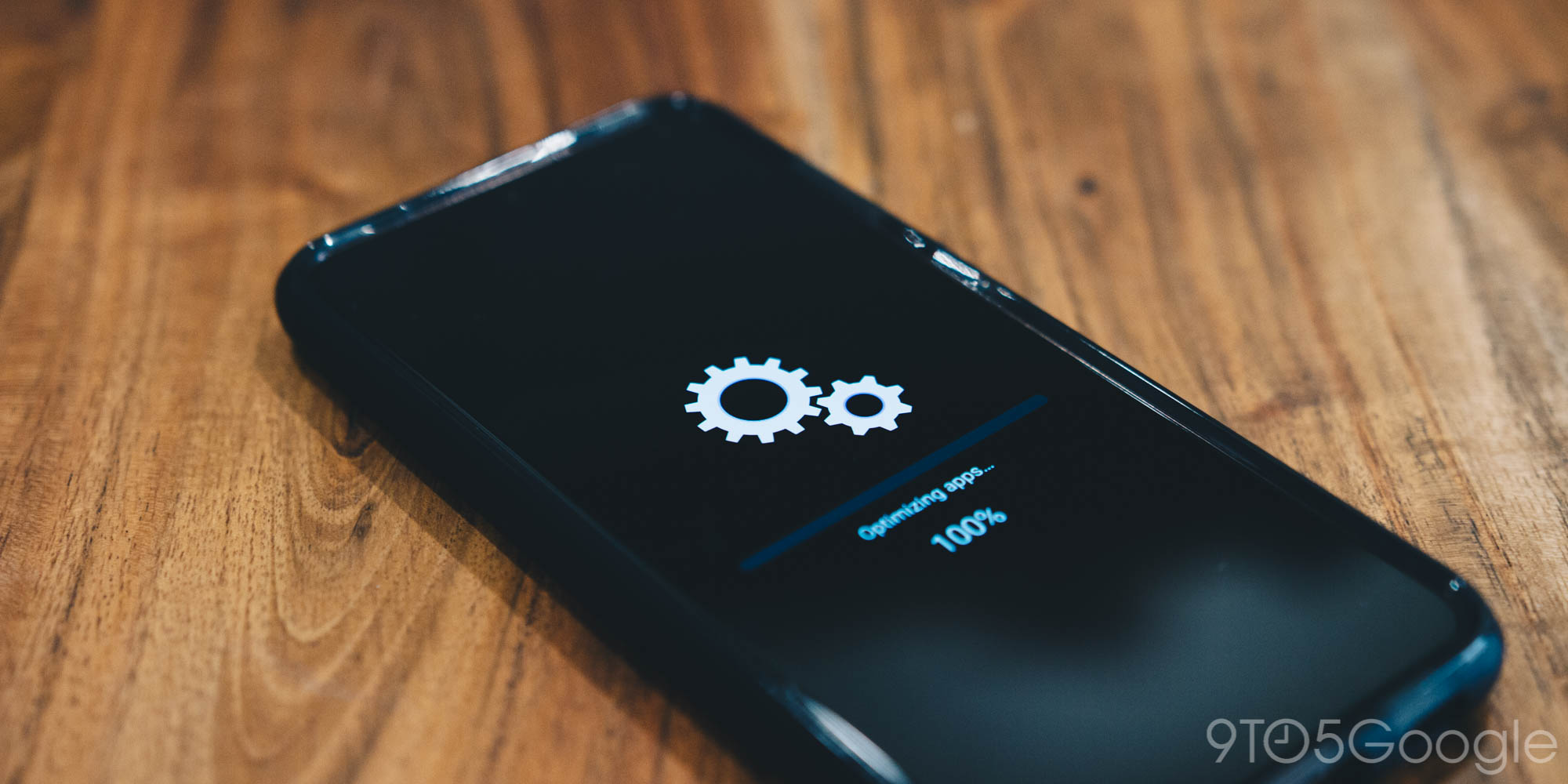Samsung has recently been proactive in issuing new operating systems and security upgrades for both its newest and oldest Galaxy smartphones. Even while that might be the case, updating a Samsung Galaxy phone has one drawback: there are no seamless updates. Why doesn’t the OEM employ this technique, and what does this mean? Let’s look more closely.
A/B seamless updates simply mean uninterrupted use while a software upgrade is taking place for the majority of contemporary Android smartphones, barring Samsung Galaxy devices.
For instance, a Pixel phone starts the updating process by downloading the necessary files first. Depending on how extensive the update is, this may take some time. When the update has finished downloading, the device will start installing it in the background while you are still using the phone. This won’t stop what you are doing.
This is where the seamless update starts to become useful. In the past, the update’s installation phase would take place when the phone is off. Naturally, it would typically take a lot of time. This method has the drawback of turning your device off, rendering it temporarily useless other than as an expensive paperweight.

While updates are being installed, however, you can still use your phone if they are seamless upgrades. This is accomplished by using two identical partitions on the phone, one (A) used by the user and the other (B) used by the tool used by Android to manage updates. Those changes are swiftly transported to the complementary sector as the phone restarts. This serves as a safety feature as well since if something goes wrong, your phone can detect it right away and roll back to an earlier version.
Overall, a reboot like that takes far less time than a complete installation. In other words, instead of waiting for the gadget to do its final install for tens of minutes, you just receive a few seconds or a few minutes of unusable time.
That coin has a reverse side as well. Although there is less downtime for your phone, it can still take anywhere from 20 to 30 minutes or even more in some circumstances to do an update. Not to mention, after booting up, there will be an optimization phase that can last a few minutes.
In contrast, an update on a Galaxy phone can take between five and fifteen minutes to complete. Yes, there is 5 minutes of downtime, but with a gadget operating at full speed and with a brand-new update, it would be at least 15 minutes longer. Furthermore, the initial phases of seamless updates resulted in the use of more storage than was required. The problem has since been resolved, but at one point Google had intended to compel Samsung to use seamless updates.
This might be a factor in the big manufacturer’s decision not to use A/B seamless upgrades. Although many of the bugs in the process have been ironed out over the past few years, Samsung hasn’t yet decided to provide seamless upgrades with the S22 line of devices. Actually, it came as a bit of a surprise when the S21 line didn’t use the technique, and even more so when the Galaxy S22, S22, and S22 Ultra models were released without it.

We don’t know if Samsung will ever use A/B seamless upgrades or if the business will stick with the same strategies that have been successful for a while. We can cross our fingers and hope that will be the case with the roster for the upcoming year, but the reality may be that the business is adhering to the adage “if it ain’t busted, don’t change it.”
FTC: We utilize income-generating auto affiliate links. MORE ON THE GALAXY S22. More.
Check out 9to5Google on YouTube for more news:







